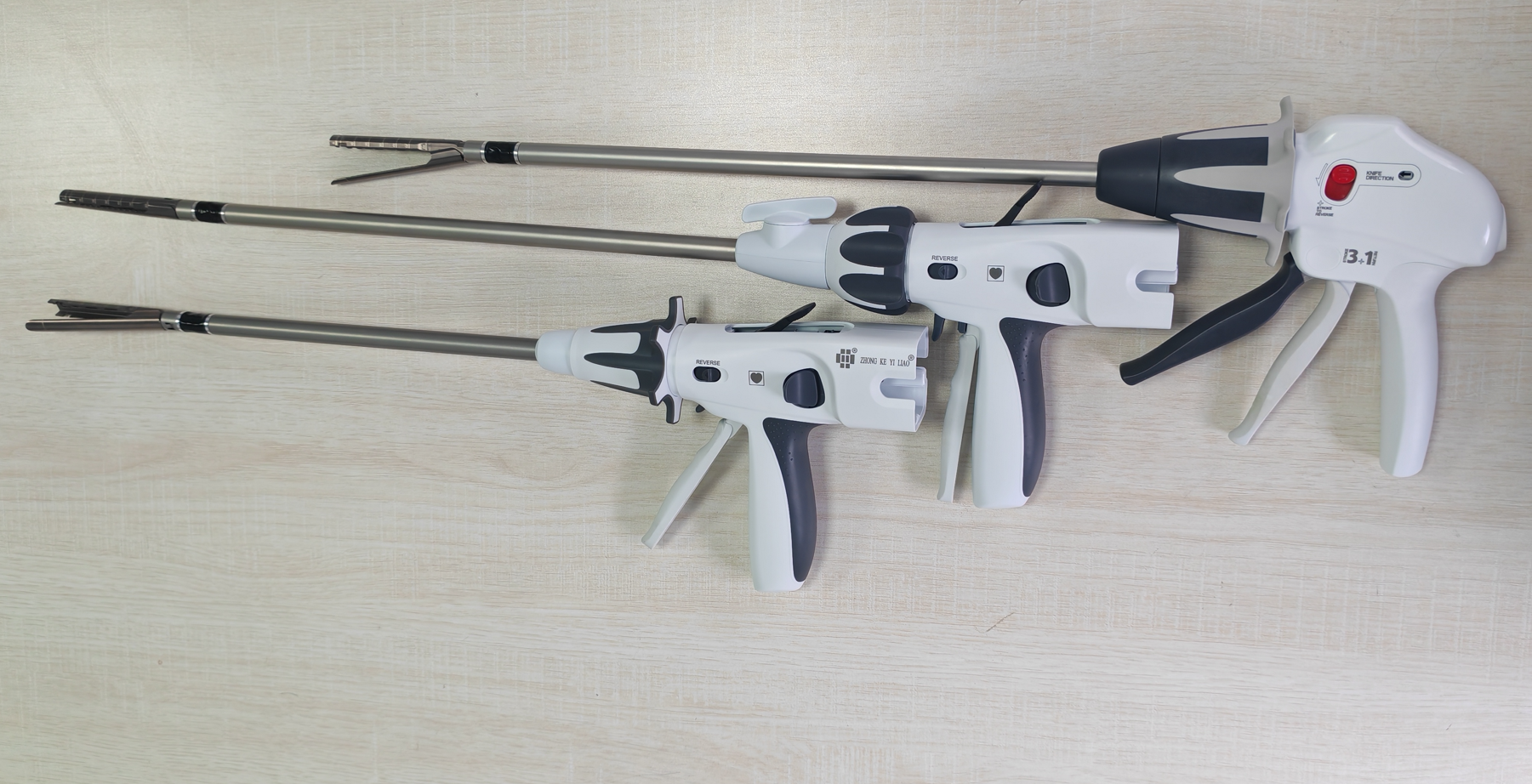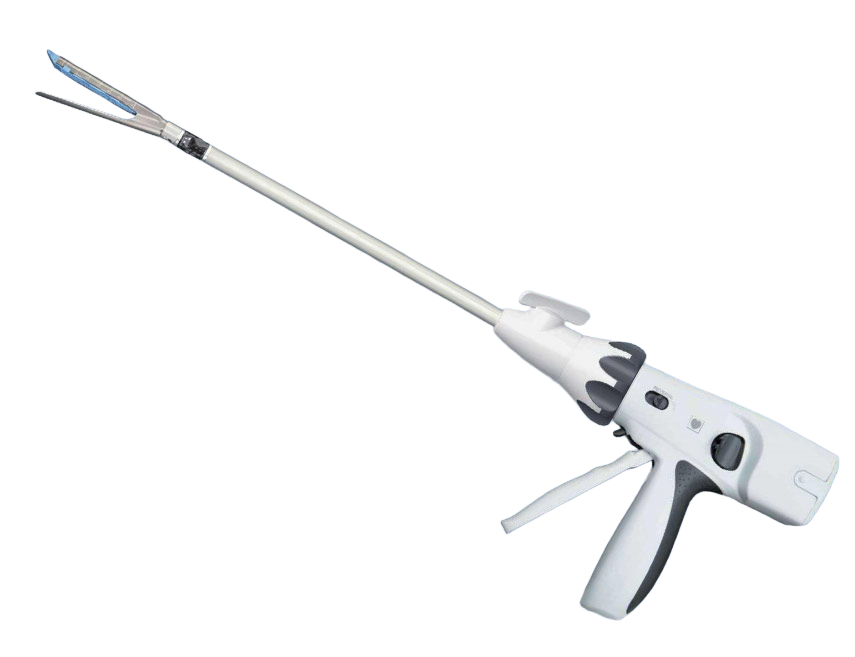Laparoscopic Linear Staplers: Essential Instruments in Modern Surgical Practices
Laparoscopic Linear Staplers: An Integral Tool in Modern Medicine
Table of Contents
1. Introduction to Laparoscopic Linear Staplers
2. What Are Laparoscopic Linear Staplers?
3. How Laparoscopic Linear Staplers Work
4. Advantages of Using Laparoscopic Linear Staplers
5. Applications of Laparoscopic Linear Staplers in Surgery
6. Safety and Effectiveness of Laparoscopic Linea
Laparoscopic Linear Staplers: An Integral Tool in Modern Medicine
Table of Contents
- 1. Introduction to Laparoscopic Linear Staplers
- 2. What Are Laparoscopic Linear Staplers?
- 3. How Laparoscopic Linear Staplers Work
- 4. Advantages of Using Laparoscopic Linear Staplers
- 5. Applications of Laparoscopic Linear Staplers in Surgery
- 6. Safety and Effectiveness of Laparoscopic Linear Staplers
- 7. The Future of Laparoscopic Linear Staplers in Medicine
- 8. Frequently Asked Questions About Laparoscopic Linear Staplers
- 9. Conclusion
1. Introduction to Laparoscopic Linear Staplers
In the realm of modern medicine, **laparoscopic linear staplers** stand out as pivotal instruments that have revolutionized surgical techniques. These specialized tools are designed to facilitate the suturing and anastomosis of tissues during minimally invasive surgeries. With advancements in technology, laparoscopic linear staplers have become essential in various surgical fields, including gastroenterology, gynecology, and urology.
The transition to laparoscopic techniques has significantly improved patient outcomes, with shorter recovery times and reduced hospital stays. Understanding the functions and applications of these staplers is crucial for both medical professionals and patients alike.
2. What Are Laparoscopic Linear Staplers?
Laparoscopic linear staplers are **surgical devices** used to join two tissues or organs together, typically after they have been cut or resected. Unlike traditional suturing methods, which require manual stitching, these staplers employ advanced technology to deliver precise rows of staples in a quick and efficient manner.
These staplers come in various designs and sizes, tailored for specific surgical needs. They are often equipped with features such as:
- **Reloadable cartridges** containing staples.
- **Cutting mechanisms** that allow simultaneous cutting and stapling.
- **Ergonomic handles** for better control during procedures.
The versatility and efficiency of laparoscopic linear staplers have made them indispensable in the operating room.
3. How Laparoscopic Linear Staplers Work
The functionality of laparoscopic linear staplers is based on a straightforward yet effective mechanism. The instrument consists of two main parts: the **stapler body** and the **cartridge**.
1. **Insertion**: During surgery, the stapler is inserted through small incisions in the abdomen, guided by a camera and other laparoscopic instruments.
2. **Tissue Placement**: Once positioned, the surgeon aligns the tissue edges that need to be stapled.
3. **Stapling Process**: Activating the stapler triggers a mechanism that deploys staples through the tissue while simultaneously cutting it if needed. This action creates a secure closure that promotes healing.
4. **Removal and Reloading**: After use, the spent cartridge can be replaced with a new one, allowing for multiple applications during surgery without needing to switch instruments.
This efficient method reduces the time required for surgical procedures and minimizes trauma to surrounding tissues, leading to better patient outcomes.
4. Advantages of Using Laparoscopic Linear Staplers
The adoption of laparoscopic linear staplers offers numerous advantages that enhance surgical performance and patient recovery. Some of the key benefits include:
- **Reduced Surgical Time**: The quick deployment of staples allows surgeons to complete procedures more efficiently, minimizing the time patients spend under anesthesia.
- **Enhanced Precision**: Advanced stapling technology ensures consistent and accurate staple placement, reducing the risk of complications.
- **Minimal Tissue Trauma**: By utilizing a cutting and stapling mechanism, laparoscopic linear staplers cause less damage to surrounding tissues compared to traditional suturing.
- **Lower Infection Rates**: The less invasive nature of laparoscopic surgery, combined with the use of staplers, correlates with decreased postoperative infection rates.
- **Improved Aesthetic Outcomes**: Smaller incisions result in less scarring, contributing to better cosmetic results for patients.
These advantages underscore the importance of laparoscopic linear staplers in the evolution of surgical techniques.
5. Applications of Laparoscopic Linear Staplers in Surgery
Laparoscopic linear staplers are used across a variety of surgical disciplines. Their applications include:
- **Gastrointestinal Surgery**: They are frequently employed in procedures such as gastric bypass, colectomy, and appendectomy, where they facilitate the resection and anastomosis of bowel segments.
- **Gynecological Surgery**: In hysterectomies and myomectomies, laparoscopic staplers play a crucial role in safely rejoining tissues.
- **Urological Surgery**: Laparoscopic linear staplers are vital in procedures like nephrectomy and bladder reconstruction, ensuring secure tissue closure.
- **Thoracic Surgery**: They are also used in lung resections, where precise stapling is essential for maintaining lung integrity.
The versatility of these instruments allows surgeons to adapt their use to meet the specific needs of various surgical procedures.
6. Safety and Effectiveness of Laparoscopic Linear Staplers
The safety profile of laparoscopic linear staplers is well-documented in surgical literature. Studies indicate that when used correctly, these devices significantly enhance patient safety and procedural effectiveness.
However, as with any surgical tool, there are inherent risks associated with their use. Potential complications may include:
- **Staple Line Failure**: Inadequate staple formation can lead to leakage or bleeding.
- **Tissue Necrosis**: Improper technique or excessive tissue handling can result in compromised blood supply to the stapled areas.
To mitigate these risks, it is essential for surgeons to undergo proper training and adhere to best practices during laparoscopic procedures. Continuous advancements in technology also contribute to improved staple designs and reliability.
7. The Future of Laparoscopic Linear Staplers in Medicine
As medical technology continues to evolve, the future of laparoscopic linear staplers looks promising. Innovations in materials and design are expected to enhance their performance further. Potential advancements may include:
- **Smart Staplers**: Integration of sensors that provide real-time feedback during the stapling process, ensuring optimal staple placement.
- **Biodegradable Staples**: Development of materials that dissolve over time, eliminating the need for removal and reducing patient discomfort.
- **Enhanced Ergonomics**: Improved designs that provide surgeons with better control and comfort, potentially leading to reduced fatigue during lengthy procedures.
These advancements will likely expand the applications of laparoscopic linear staplers and further improve surgical outcomes.
8. Frequently Asked Questions About Laparoscopic Linear Staplers
What is a laparoscopic linear stapler?
A laparoscopic linear stapler is a surgical instrument used to join tissues or organs during minimally invasive procedures by deploying rows of staples.
How do laparoscopic linear staplers differ from traditional suturing methods?
Unlike traditional suturing, which requires manual stitching, laparoscopic linear staplers offer quick, precise, and consistent staple placement, minimizing tissue trauma.
What are the common surgical procedures that use laparoscopic linear staplers?
Common applications include gastric bypass, hysterectomy, nephrectomy, and lung resections, among others.
Are laparoscopic linear staplers safe to use?
Yes, when used correctly by trained surgeons, laparoscopic linear staplers are considered safe and effective, with a favorable safety profile.
How are laparoscopic linear staplers maintained after use?
After use, the cartridge can be replaced with a new one, and the stapler should be cleaned according to the manufacturer's guidelines to ensure longevity and reliability.
9. Conclusion
In summary, laparoscopic linear staplers are an integral tool in modern surgical practice, offering significant advantages in precision, efficiency, and patient outcomes. Their applications across various medical specialties demonstrate their versatility and importance in advancing minimally invasive techniques. As technology continues to evolve, the future of laparoscopic linear staplers promises further innovations that will enhance their effectiveness and broaden their use in surgical procedures. Understanding and utilizing these essential instruments can lead to improved surgical outcomes and a better experience for patients undergoing minimally invasive surgeries.
laparoscopic linear stapler
Pre









